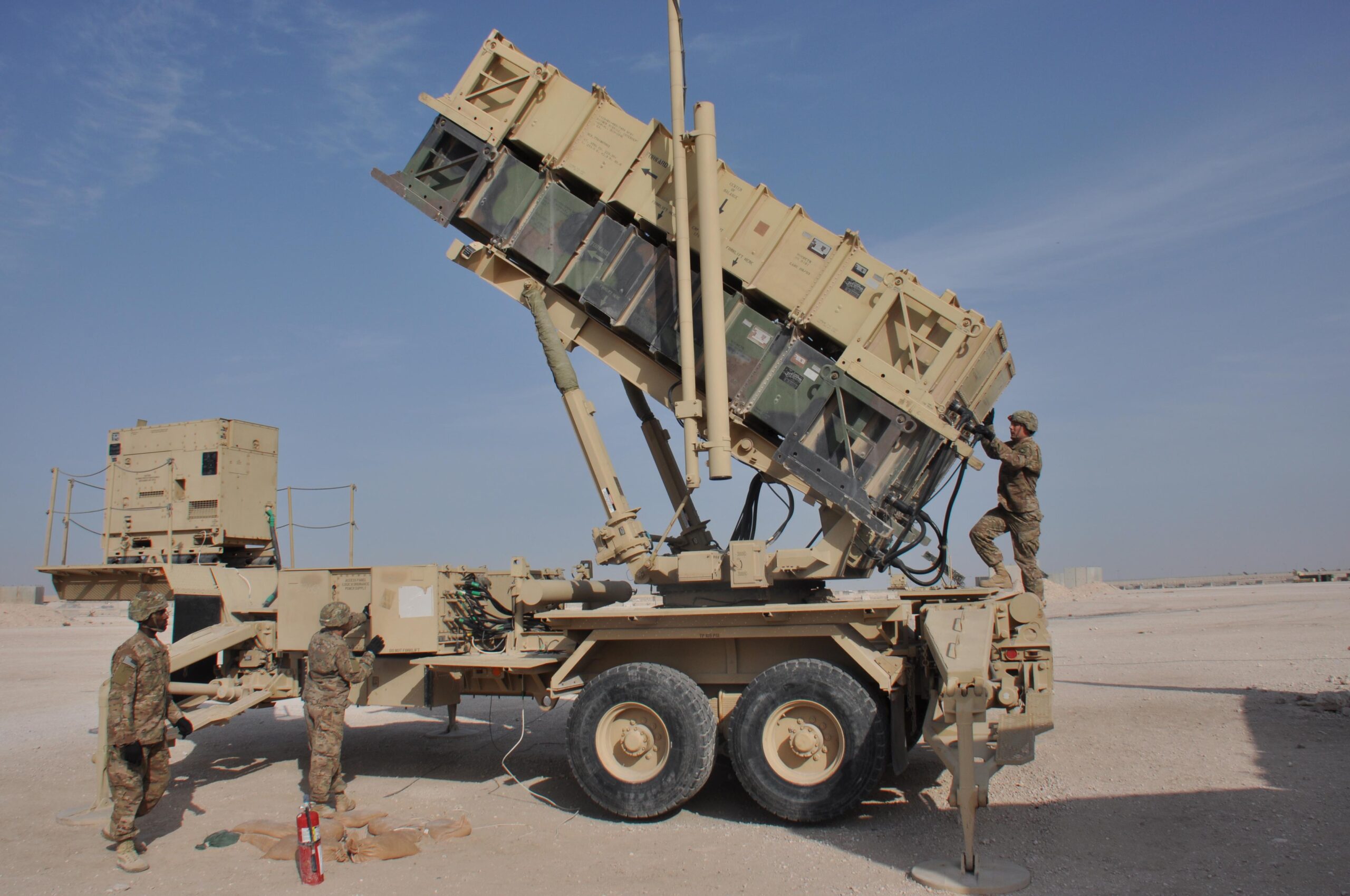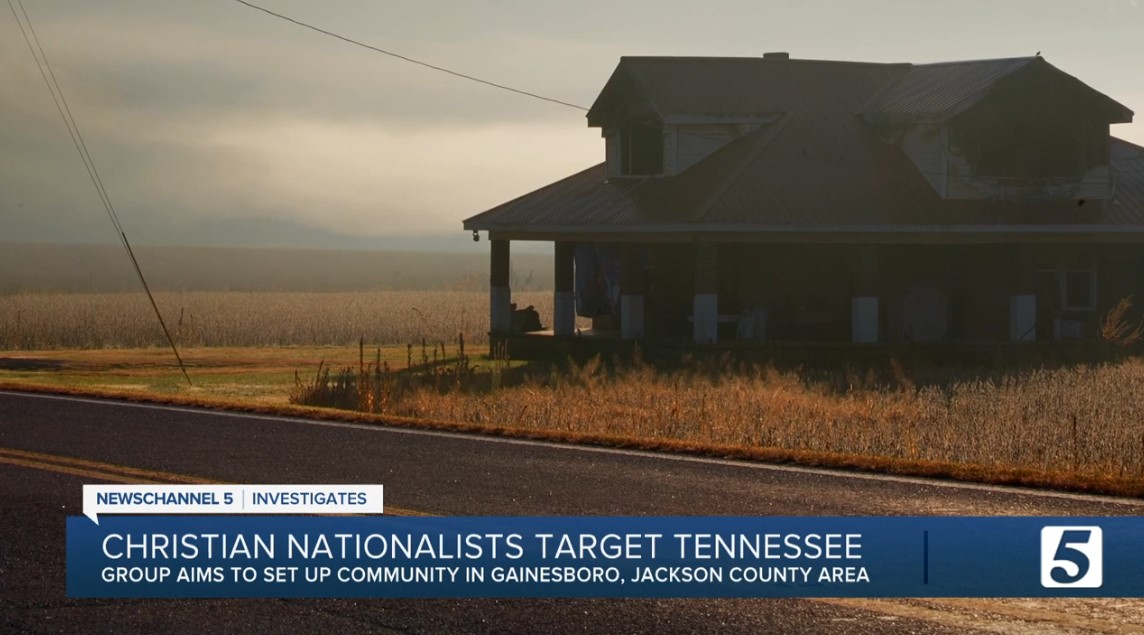Preparing for Wildfires: Before, During, and After the Blaze
Wildfires have raged across North America in 2023, bringing devastating loss of life, property, and air quality.
From Canada’s smoke-filled skies over the Northeast this summer to the inferno in Lahaina, Hawaii, that claimed over 100 lives, major fire disasters have struck swiftly and with little warning.
This means you may need to be your own first responder.
Lahaina: No Warning and No Way Out
West Maui’s only escape route was filled with fleeing vehicles that met a barricade blocking Highway 30, the Associated Press reported. Though intended to mitigate risks like downed power lines, the road closure trapped residents as flames engulfed Lahaina in one of history’s deadliest wildfires. An unconfirmed FBI list shows over 1,000 missing, many children.
Some died in cars, others while fleeing on foot. Survivors escaped by breaking rules, swerving around barricades, or taking backroads. One climbed a dirt road to safety.
The National Interagency Fire Center (NIFC) currently reports 78 large fires burning over 600,000 acres in 14 states.
(Wildfire Risk Map, Courtesy of FEMA)
“This is, unfortunately, something we’re seeing more and more of is when wildfires occur that impacts populated areas, we have less and less warning time a lot of the time,” Michele Steinberg, wildfire division director at the National Fire Protection Association (NFPA), told The Epoch Times.
Wildfire Prep Begins With Red Flag Alerts
Paying attention to the National Weather Service’s red flag warnings signaling high fire risk conditions is crucial, Ms. Steinberg said.
“[Maui residents] had multiple days of a red flag warning, meaning if there is an ignition and a fire begins, it is likely to spread rapidly and perhaps have serious impacts,” she added. “So that’s intended to have people on their guard.”
These warnings advise precautions like avoiding sparks and prompt authorities to ban open flames.
But people often ignore such warnings, as occurred before recent disasters like the Tubbs Fire in California and Gatlinburg fires in Tennessee, Ms. Steinberg said.
When going to heavily visited areas, remember that a red flag warning requires heightened awareness, she added. Know your evacuation route in case of emergency, including where you will go and how you will get there.
How to Prepare for an Emergency
Over 70,000 communities and 44 million homes face wildfire risks where vegetation meets urban areas, called the wildland-urban interface. The U.S. Forest Service reports wildfires destroyed over 35,000 structures over the past decade.
In addition to paying attention to red flag warnings, people must be ready to evacuate their homes for an extended period.
“You’d want to have a go-kit, an emergency kit,” Ms. Steinberg said. “Some emergency managers will talk about the three P’s: pills, pets, and pictures.”
Practice evacuation drills, like packing up in 10 minutes. Such preparedness steps can save lives if wildfire strikes your neighborhood.
“That’s the sort of personal safety preparedness that [the NFPA] talk about,” Ms. Steinberg added.
Protect Your Home Against Flames
Wildfire preparedness also involves protecting homes near wooded areas where fire naturally occurs.
If fire is part of your area’s ecosystem, take steps to make your home ignition-resistant, Ms. Steinberg recommended.
1. Routinely Remove Flammable Debris From Gutters
“Anything that could catch fire, you don’t want touching the house,” Ms. Steinberg said. This includes organic mulch landscaping, which poses a fire risk.
She recommends raking mulch and debris at least 5 feet from the house. This prevents direct flame contact and stops wind-blown embers from igniting fuels at the foundation. Thousands of embers can spread from the main fire, so limiting available fuel is crucial.
2. Do Not Wet Down Your Home
Firefighters don’t want untrained people staying behind, Ms. Steinberg said.
“Being exposed to this kind of heat, flames, and gases is a bad situation,” she added. “This is how people get killed in wildfires.” Attempting to wet down your home as fire nears wastes precious escape time without much benefit. In fact, it’s taking away the time you need to get out of harm’s way.
As Hawaii’s winds showed, hoses can’t withstand firestorm conditions long. “That’s gonna dry out that little d
" Conservative News Daily does not always share or support the views and opinions expressed here; they are just those of the writer."





Now loading...